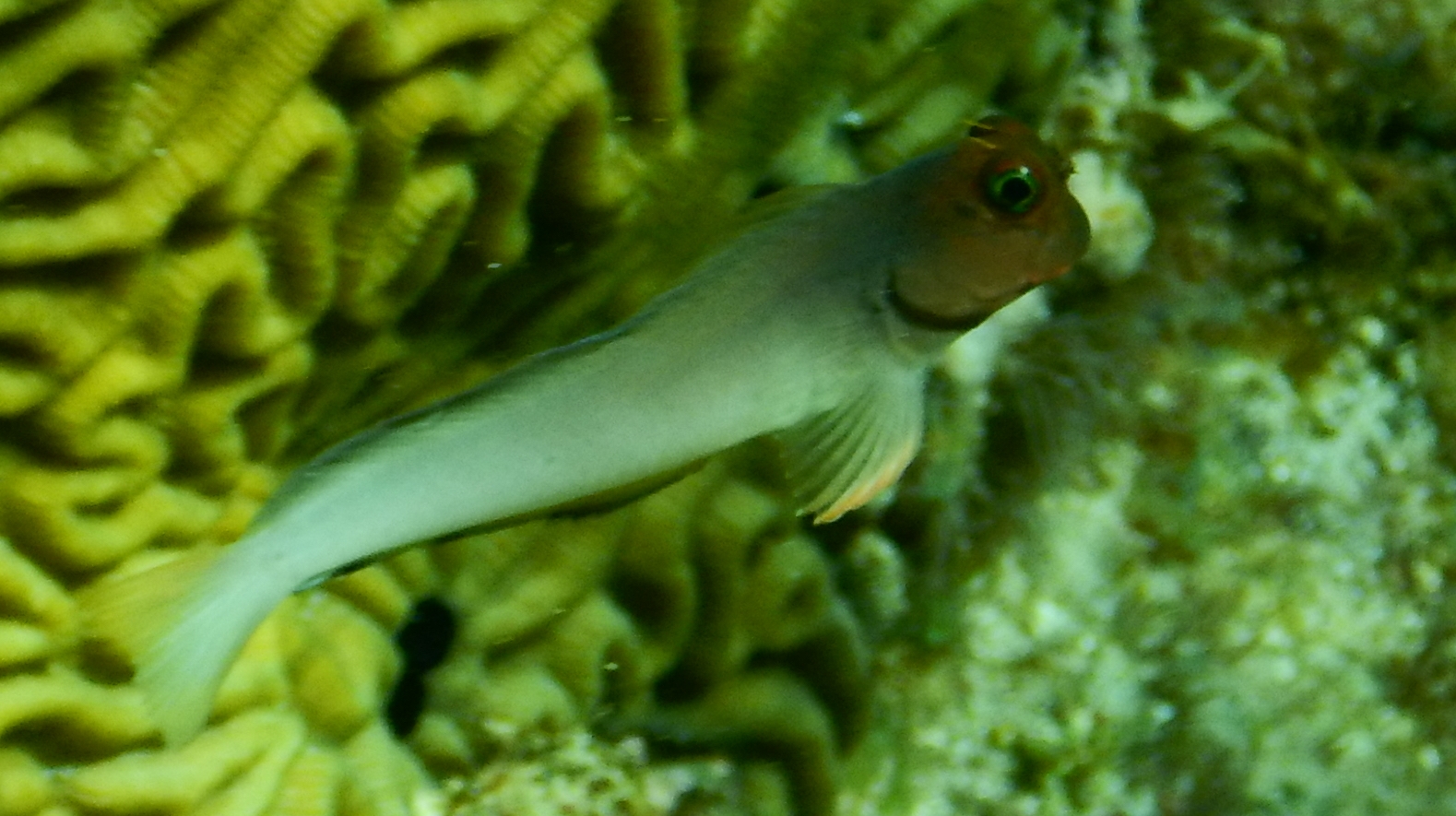
COMBTOOTH BLENNIES - Blenniidae
General:
Typically elongate with long dorsal and anal fins; eyes often positioned high on the head and usually with supraorbital cirri. Adult males often with fleshy rugosities on the anal-fin spines; the lateral line on the body mostly reduced or even absent
Maximum length about 54 cm; most smaller than 15 cm.
Mostly bottom dwelling species feeding on a mixed diet of algae and benthic invertebrates; some are planktivores, and some are specialized to feed on skin or fins of larger fishes, with mimic as cleaner.
Males attract gravid females to lay their eggs in a small hole or crevice, or underneath empty bivalve shells. The eggs are then guarded by the male or by both parents. Oviparous. Eggs are demersal and adhesive (Ref. 205), and are attached to the substrate via a filamentous, adhesive pad or pedestal. Larvae are planktonic, often found in shallow, coastal waters
Typically elongate with long dorsal and anal fins; eyes often positioned high on the head and usually with supraorbital cirri. Adult males often with fleshy rugosities on the anal-fin spines; the lateral line on the body mostly reduced or even absent
Maximum length about 54 cm; most smaller than 15 cm.
Mostly bottom dwelling species feeding on a mixed diet of algae and benthic invertebrates; some are planktivores, and some are specialized to feed on skin or fins of larger fishes, with mimic as cleaner.
Males attract gravid females to lay their eggs in a small hole or crevice, or underneath empty bivalve shells. The eggs are then guarded by the male or by both parents. Oviparous. Eggs are demersal and adhesive (Ref. 205), and are attached to the substrate via a filamentous, adhesive pad or pedestal. Larvae are planktonic, often found in shallow, coastal waters

Etymology
Greek, blennos = similar to mucus
Greek, blennos = similar to mucus


